|
THE HISTORY OF the poster as an official bulletin and placard
stretches back to the origin of printing techniques. Then, it's main
purpose was to inform. It was first in the i8oo's, when one more
and more started using illustrations, and then primarily color
lithographs, that the character of the poster changed. Today,
informing is still one of the main purposes of the poster, but the
combination of text and pictures present the opportunity for a dif-
ferent approach, and the poster has started more actively to influ-
ence. In this way, its character has became both informative and
manipulative.
IN THE POSTER'S limited format, one should attract the passing
observer and, in a short period of time, try to convey that which
one has to say. The poster must, in other words, take space and be
in focus, and it is precisely that which has influenced the poster's
character and design through different periods. Focus is the initial
theme and motif in the catalogue. One example is the poster shown
on the cover where the eye works as a magnet, and it is difficult not
to meet a direct glance. The situation is reversed and the intention
is to get us to realize the importance of being seen - the most
important function of the poster.
ONE CHARACTERISTIC OF the poster is that it is strongly tied to its
own time. The selection made for this catalogue is based upon
timely posters from different time periods, the oldest being from
1705. It is easy to see only to the esthetic values when choosing post-
ers, but the selection in the catalogue is based on a blend of aspects
ranging from documentary to esthetical. Above all else, the poster
must work - it must affect. Posters from the war years and political
posters from referendums, where the purpose has been to inform,
are intermixed with posters where artistic expression seems to be
of primary concern. Often one finds oneself considering how well-
crafted a poster is, and it's only after a little while that one notices
what is actually being advertised. This catalogue can be said to
be comprised of a representative selection of posters of varying
character from the Royal Library's poster collection.
|
IF THE POSTERS are allowed to speak for themselves, one can, by placing
certain posters next to each other, get a polemic effect that in
most cases was not intended from the beginning. Opinions and
events and even the esthetic design of two posters can, in this way,
cast commentary upon each other. Through this kind of arrangement,
it is possible even more clearly to emphasize and reinforce the
poster's message and get a better feeling for how times have changed.
254 POSTERS OUT of the collection's total number of 500'000 have
been chosen for this catalogue. Every poster has been furnished
with a commentary including its origins, the year it was made, size,
printer and printing technique. The origins of a poster are often
difficult to establish. Sometimes a foreign publisher provides a prototype
for a poster which, in many cases, have then been adapted to the
Swedish particulars. It is common that the posters are not signed.
POSTERS IN SWEDEN deserve a better status. They often have a high
artistic quality. The catalogue's first poster is entitled "Pictures out
of Sweden's history" and is drawn by Carl Larsson. Perhaps that is
the way we should regard these posters - as pictures. In time, the
purpose of a poster changes. The message is no longer valid and
the poster becomes a decoration and, as such, its value increases
abroad. That is a trend that is certain to affect the value of Swedish
posters in the future. It is hoped that this catalogue shall convey the
breadth that exists in the traditions of the Swedish poster.
Olof Halldin
Senior Librarian and Poster Supervisor at The Royal Library, Stockholm
|
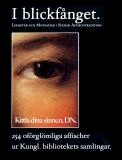
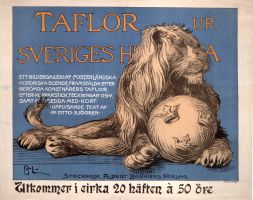 ca. 1897
ca. 1897
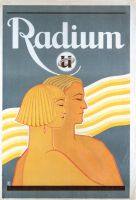 1925
1925
 1943
1943
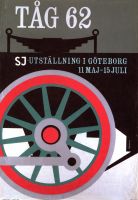 1961
1961
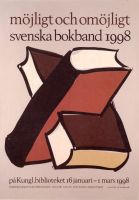 1998
1998